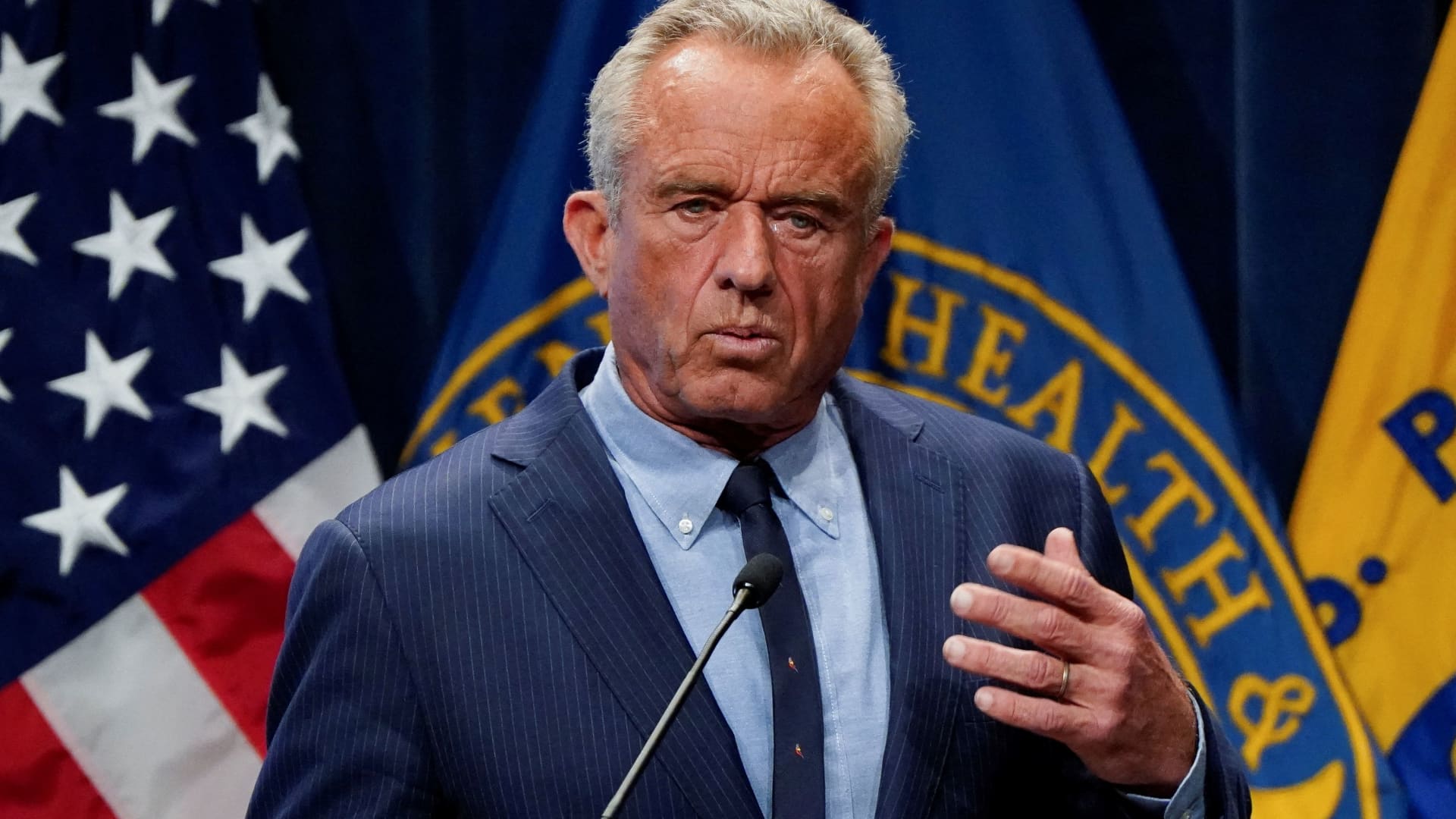Battle for Healthcare: Blue States Mobilize to Block Trump's Agency Overhaul

In a bold legal move, a coalition of Democratic-led states has launched a federal lawsuit challenging the Trump administration's controversial plan to dramatically reduce staffing at the Department of Health and Human Services (HHS). The lawsuit takes aim at the administration's decision to eliminate approximately 10,000 employee positions, which critics argue could severely compromise the agency's ability to serve the American public.
The states contend that the massive workforce reduction represents more than just a budget-cutting measure, but potentially threatens critical healthcare and social service programs that millions of Americans depend on. By targeting such a significant portion of the HHS workforce, the administration risks undermining the department's core mission and operational effectiveness.
Legal experts involved in the lawsuit suggest that the sweeping staff cuts could have far-reaching consequences for public health infrastructure, social welfare programs, and essential government services. The Democratic-led states are seeking to block the proposed staffing cuts and protect the integrity of a vital federal agency.
As the legal battle unfolds, the lawsuit highlights the ongoing tensions between the Trump administration and states seeking to preserve federal healthcare and social service capabilities.
